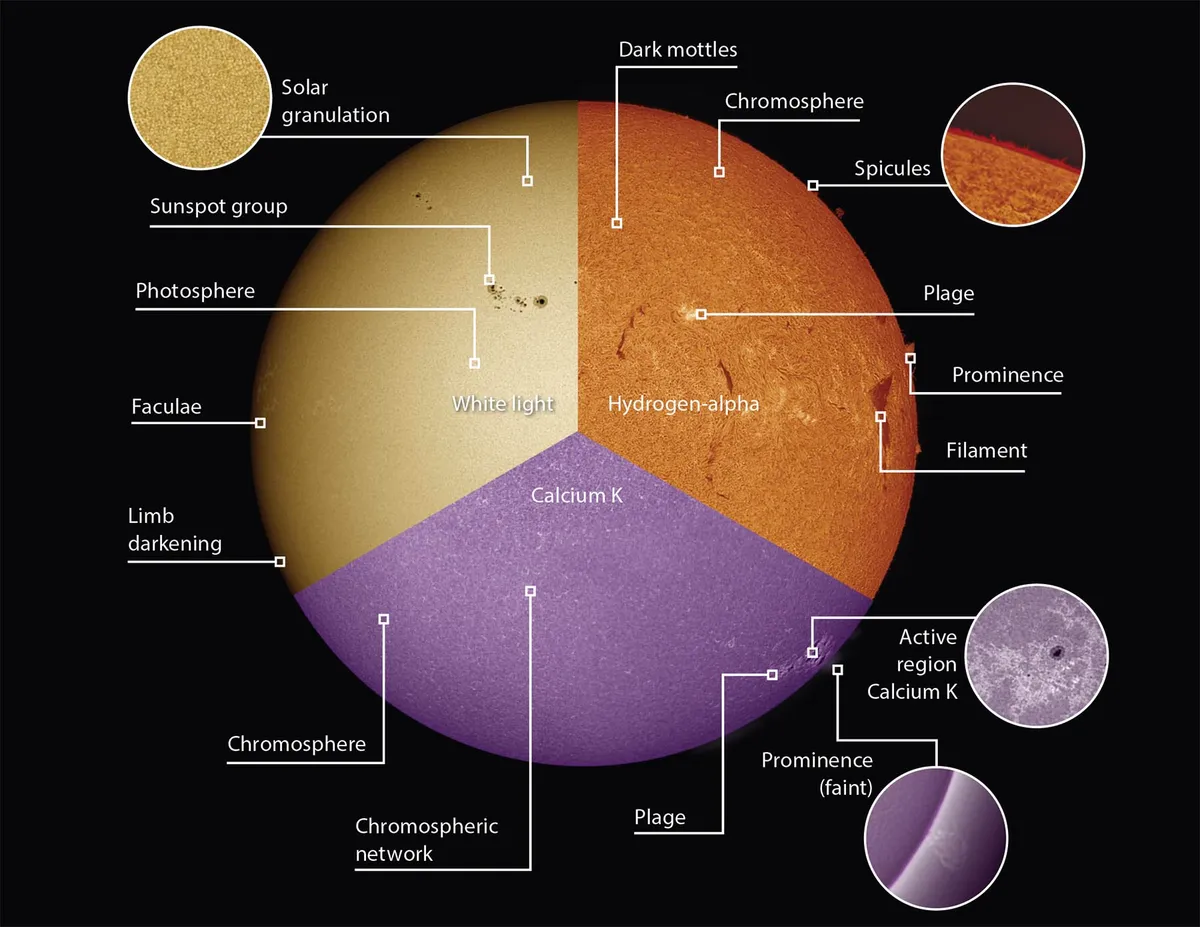Guide to Telescope Filters for Beginner Astronomers
Telescope filters are essential accessories that improve your view of celestial objects by enhancing contrast, reducing glare, and filtering out unwanted light. Whether observing planets, nebulae, or the Sun, the right filter can make a significant difference. This guide covers the types of telescope filters, their uses, and how to choose the best one for your needs.
Types of Telescope Filters
1. Color Filters (For Planetary Observation)
Color filters are used to enhance details on planets by emphasizing specific wavelengths of light. These filters screw onto eyepieces and improve contrast in planetary features.
- Red (Wratten #23A): Enhances Martian surface details and penetrates Jupiter’s cloud belts.
- Blue (Wratten #80A): Improves visibility of Jupiter’s and Saturn’s cloud bands and enhances Mars’ polar ice caps.
- Yellow (Wratten #12): Highlights details in Venus’ atmosphere and enhances contrast on Jupiter and Saturn.
- Green (Wratten #58): Brings out details in the cloud structures of Jupiter and Saturn.
2. Light Pollution Reduction (LPR) and Nebula Filters
Light pollution filters help observers in urban areas see deep-sky objects more clearly by blocking artificial light sources.
- Broadband LPR Filters: Reduce the brightness of city lights while preserving star visibility.
- Narrowband Filters: Enhance contrast on emission nebulae like the Orion Nebula by blocking most wavelengths except those emitted by the target object.
- Oxygen III (O-III) Filters: Improve the visibility of planetary nebulae and supernova remnants by allowing only specific oxygen emission lines through.
3. Solar Filters (For Safe Sun Observation)
Observing the Sun requires a special filter that blocks harmful ultraviolet and infrared radiation.
- White Light Solar Filters: Allow you to view sunspots safely.
- Hydrogen-Alpha (H-alpha) Filters: Reveal solar prominences, filaments, and surface granulation.
4. Moon Filters (For Lunar Observation)
Moon filters reduce the brightness of the Moon, improving contrast and making it easier to see fine details.
- Neutral Density (ND) Filters: Dim the entire view uniformly.
- Variable Polarizing Filters: Allow adjustable brightness levels for different lunar phases.
Choosing the Right Filter
- For planets, color filters help bring out surface details.
- For deep-sky objects, light pollution and nebula filters enhance contrast.
- For the Moon, ND and polarizing filters improve visibility.
- For the Sun, use only dedicated solar filters for safety.
Guide to Telescope Filters for Beginner Astronomers
Using filters with your telescope enhances your viewing experience, making celestial features stand out more clearly. Whether you’re observing planets, nebulae, or the Sun, the right filter can make all the difference. Start with a basic moon or light pollution filter and explore additional options as your astronomy skills grow.

